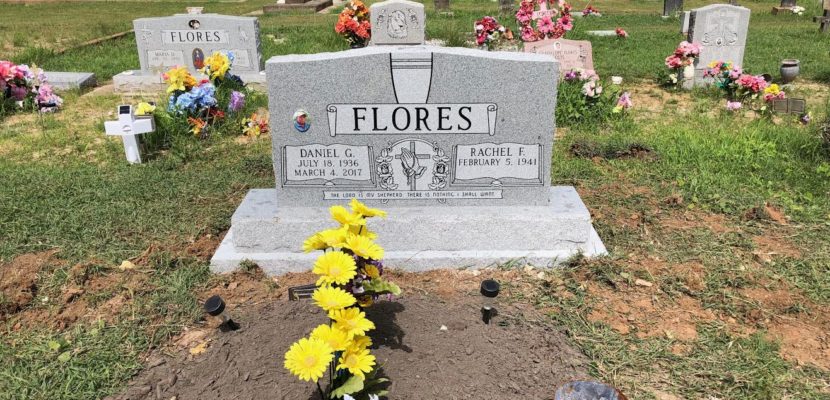When life throws curveballs and we face heartbreak, we humans have this age-old habit of creating memorials to cope and remember. It’s like our way of saying, ‘Hey, we remember, and we care.’ From ancient times to our Instagram tributes today, the way we do it has changed a lot. However, not everyone’s on the same page about how much it really helps or how it makes us feel deep down.
In this article, we’ll delve deeper into the heart of memorial practices, exploring both their psychological benefits and the rich tapestry of cultural differences that shape them. But beyond the history and facts, we’ll also touch on the very personal journey of grief. How do we navigate the overwhelming tide of emotions and find a meaningful way to remember our loved ones? Whether you’re grappling with a recent loss or simply curious about the evolution of remembrance, this piece aims to offer insights and solace.
Ancient Roots of Healing
The act of healing is deeply embedded in metaphor, with its ancient roots meaning “to make whole.” This imagery is potent, suggesting a return to unity and completeness. However, the question arises – can this metaphor be powerful enough to mend division and restore wholeness on a large scale?
Monuments and Collective Trauma
Creators of monuments, tasked with memorializing collective traumas like the 9/11 attacks, grapple with questions like the one above. Memorials are often designed with the intent to evoke complex emotions and promote healing. Yet, they also serve the purpose of studying the past to shape the future.
The modern memorial movement was sparked in the early 1980s by Maya Lin’s Vietnam Veterans Memorial – a reflective black granite ledge inscribed with the names of the fallen, situated on the National Mall in Washington, D.C.
Contemporary Memorials and Collective Grief
Modern memorials have evolved to honor historic events without losing sight of the future. Each memorial represents a unique metaphor, striving to capture the complexity of the event it commemorates. They are not merely about healing; they serve as tools for understanding the past to shape the future.
Memorials have been erected worldwide to commemorate the victims of terrorist attacks. However, in some instances, these memorials have been viewed as divisive, even re-traumatizing, for the communities they were meant to serve. In Norway, for example, a proposed memorial to the Utøya massacre victims sparked controversy as it involved cutting an island in half, symbolizing the death of 77 people. The local community, already traumatized by the mass killings, opposed such a constant reminder of the tragedy.
The Purpose of Memorials
The purpose of memorials is multifaceted, from symbolic reparations and acknowledgment to tools for addressing the past. They serve as ethical and political promises of non-recurrence, meant to impart lessons from the past to future generations. However, their role in healing, both on a personal and societal level, is often overlooked.
In post-conflict regions such as the Balkans, Sri Lanka, Rwanda, and Nepal, the use of memorialization is often conflicted. While it can promote the acknowledgment of past atrocities, it can also deepen divisions and perpetuate past conflicts. In Rwanda, post-genocide memorials have been used to assert the political legitimacy of the current government, often in a dehumanizing manner.
The Survivor’s Perspective
The voices of the victims and survivors are often sidelined in the process of public memorialization. As time passes, they may perceive memorialization as a perpetuation of past conflict and lived trauma, leading to a sense of alienation. In Belgium, following the 2016 Brussels terrorist attacks, victims’ families and survivors expressed a desire for a more proactive role in the memorialization process, from monument making to organizing commemorations.
Therapeutic Memorials
Memorials can provide a sanctuary for mourning, a place for communities to gather, remember, and heal. Grassroots memorialization is a socially accepted practice of mourning in public spaces, often seen after untimely deaths due to disasters or attacks. These memorials symbolize acknowledgment, societal solidarity, and empathy.
However, the therapeutic benefits of memorials should not be taken for granted. They may provide comfort and a sense of community in the immediate aftermath of a tragedy, but their long-term effectiveness in promoting healing and preventing future violence is unclear.
The Limits of Remembrance
Memorials have their limits. Overemphasis on memorialization as a means of symbolic reparation and recognition can overshadow other more pressing needs and demands of survivors, such as access to medical care, psychological support, and reparations. The right to remembrance must be balanced with the right to move forward on the path of healing and recovery.
Do We Need Memorials or Do Memorials Need Us?
Memorialization holds a special place in our hearts, offering a sanctuary for reflection and remembrance. It’s a testament to our shared experiences, our unity in times of sorrow, and our commitment to honoring the past. Yet, healing is a journey, unique to each of us. While memorials can guide us, it’s essential to remember that everyone’s path to solace is their own.
Remembering isn’t about staying in the past. It’s about embracing the memories, learning from them, and moving forward with them in our hearts. If you’re seeking a way to commemorate a loved one or an event, Monuments of Victoria is here to help. Reach out to our team, and let’s create something meaningful together.


Leave a Comment